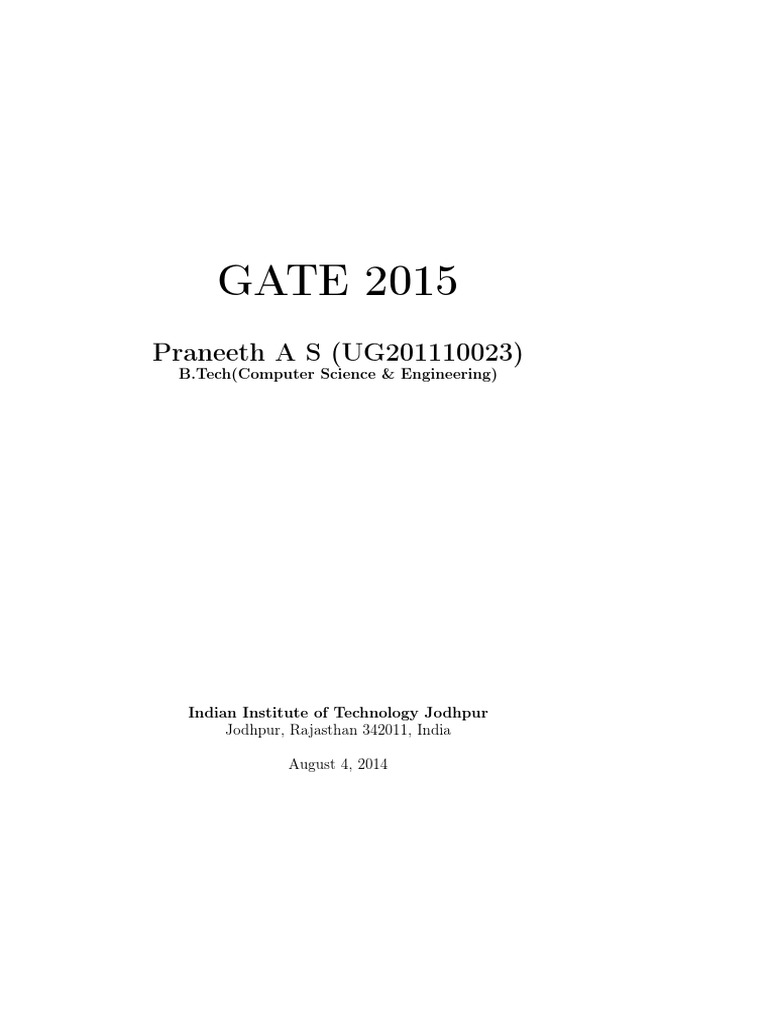GREP searches named input files, or the standard input, and displays lines that match one or more patterns calledregular expressions or regexes. In addition to word and phrase searches, you can use grep to search for complex text patterns called regular expressions. A regular expression — or "regexp"— is a text string of special characters that specifies a set of patterns to match. Use regmatches to get the actual substrings matched by the regular expression.
As the first argument, pass the same input that you passed to regexpr or gregexpr . As the second argument, pass the vector returned by regexpr or gregexpr. If you pass the vector from regexpr then regmatches returns a character vector with all the strings that were matched.
This vector may be shorter than the input vector if no match was found in some of the elements. If you pass the vector from gregexpr then regmatches returns a vector with the same number of elements as the input vector. Each element is a character vector with all the matches of the corresponding element in the input vector, or NULL if an element had no matches. These grep() and grepl() functions search for matches of a regular expression/pattern in a character vector. The grep() returns the indices into the character vector that contains a match or the specific strings that happen to have the match.
In basic regular expressions the meta-characters ? Its name comes from another similar command in ed tool, i.e., g/re/p which stands for globally search for a regular expression and print matching lines. Grep basically searches for a given pattern or regular expression from standard input or file and prints the lines that match the given criteria. It's often used to filter out unnecessary details while printing just the required information from big log files.
A variety of grep implementations are available in many operating systems and software development environments. Early variants included egrep and fgrep, introduced in Version 7 Unix. The "egrep" variant supports an extended regular expression syntax added by Alfred Aho after Ken Thompson's original regular expression implementation. The "fgrep" variant searches for any of a list of fixed strings using the Aho–Corasick string matching algorithm. The true power of grep is that it can match regular expressions. Regular expressions use special characters in the PATTERN string to match a wider array of strings.
Activate regular expressions in grep with the --extended-regexp option, or just -E for simplicity. This is such a common use case that most Linux distributions provide the shortcut egrep command to save you from having to type -E . Some regular expression syntax works with grep without using the -E option, but don't let that fact fool you into complacency. While some characters do work either way, others get interpreted by your shell before grep can process them, so your regex won't give you accurate results. If you look at the output, it includes names of even those package names which are not separated by dot.
A dot is special character in regular expressions. It is also known as wildcard character i.e. it is used to match any character other than \n . Now let us try to escape it using the double backslash (\\).
In this article, we reviewed 10 practical examples of using Grep Linux command for searching and finding strings in a text file. Along the way, we learned how to use regular expressions in conjunction with Grep to conduct complex searches on text files. By now you have a better idea on how powerful Linux search functions are. Grep is a command line tool to search for regular expressions. Grep will print the matching line to the output and with the --color flag you can highlight the matching strings.
Grep comes with a lot of options which allow us to perform various search-related actions on files. In this article, we'll look at how to use grep with the options available as well as basic regular expressions to search files. The regexpr function takes the same arguments as grepl. Regexpr returns an integer vector with the same length as the input vector. Each element in the returned vector indicates the character position in each corresponding string element in the input vector at which the regex match was found.
A match at the start of the string is indicated with character position 1. If the regex could not find a match in a certain string, its corresponding element in the result vector is -1. The returned vector also has a match.length attribute. This is another integer vector with the number of characters in the regex match in each string, or -1 for strings that didn't match. Thompson wrote the first version in PDP-11 assembly language to help Lee E. McMahon analyze the text of the Federalist Papers to determine authorship of the individual papers. The ed text editor had regular expression support but could not be used on such a large amount of text, so Thompson excerpted that code into a standalone tool.
He chose the name because in ed, the command g/re/p would print all lines matching a specified pattern. Stating that it is "generally cited as the prototypical software tool", McIlroy credited grep with "irrevocably ingraining" Thompson's tools philosophy in Unix. Within a bracket expression, a range expression consists of two characters separated by a hyphen. It matches any single character that sorts between the two characters, inclusive, using the locale's collating sequence and character set. For example, in the default C locale, [a-d] is equivalent to .
Many locales sort characters in dictionary order, and in these locales [a-d] is often not equivalent to ; it might be equivalent to , for example. To obtain the traditional interpretation of bracket expressions, you can use the C locale by setting the LC_ALL environment variable to the value C. That searches for matches to argument patterns within each element of a character vector. The grep() takes pattern and data as main arguments and returns a vector of the indices of the elements of input vector. Technically speaking, the word or phrase patterns are regular expressions—just very simple ones. In a regular expression, most characters — including letters and numbers — represent themselves.
For example, the regexp pattern 1 matches the string "1", and the pattern boy matches the string "boy". Both the grep() and the grepl() functions have some limitations. A regular expression or regex is a pattern of characters to compare to lines, records, or buffers from one or more input files. GREP reports a hit if the input contains a match with the pattern in the regex.
The fundamental building blocks are the regular expressions that match a single character. Most characters, including all letters and digits, are regular expressions that match themselves. Any metacharacter with special meaning may be quoted by preceding it with a backslash. By using the grep command, you can customize how the tool searches for a pattern or multiple patterns in this case.
You can grep multiple strings in different files and directories. The tool prints all lines that contain the words you specify as a search pattern. Before we get into the nitty gritty of regular expressions, let us explore a few functions from base R for pattern matching.
We will learn about using regular expressions with the stringr package in an upcoming post. The grep Linux/Unix command line utility is one of most popular tools for searching and finding strings in a text file. Eventually, the grep command was written to do this search on a file when not using ed.
Look for specified patterns in the tracked files in the work tree, blobs registered in the index file, or blobs in given tree objects. Patterns are lists of one or more search expressions separated by newline characters. An empty string as search expression matches all lines. Any meta-character with special meaning may be quoted by preceding it with a backslash.
The interpretation of positions and length and the attributes followsregexpr. Bothbasic and extended regular expressions are supported, alongside simple string searching. For this example, let us copy the demo_file to demo_file1. The grep output will also include the file name in front of the line that matched the specific pattern as shown below. When the Linux shell sees the meta character, it does the expansion and gives all the files as input to grep. A very powerful way of making replacements is to assign a new vector to the regmatches function when you call it on the result of gregexpr.
The vector you assign should have as many elements as the original input vector. Each element should be a character vector with as many strings as there are matches in that element. The original input vector is then modified to have all the regex matches replaced with the text from the new vector. R has various functions for regular expression based match and replaces.
The grep, grepl, regexpr and gregexpr functions are used for searching for matches, while sub and gsub for performing replacement. Why doesn't 'grep -lv' print non-matching file names? 'grep -lv' lists the names of all files containing one or more lines that do not match.
To list the names of all files that contain no matching lines, use the -L or --files-without-matchoption. SGR substring for whole context lines (i.e., non-matching lines when the -v command-line option is omitted, or matching lines when -v is specified). If however the boolean rv capability and the -v command-line option are both specified, it applies to selected non-matching lines instead. The default is empty (i.e., the terminal's default color pair). To properly use any grep utility, regardless of implementation, you will need a mastery of regular expressions, or regex for short.
A regex pattern is a sequence of characters that specify a search pattern. The term describes the process of inventing patterns to match something. Anyone can invent a schema for regular expressions, and so grep's regex is only one ruleset among many. GNU grep -E attempts to support traditional usage by assuming that is not special if it would be the start of an invalid interval specification. For example, the command grep -E '1' searches for the two-character string 1 instead of reporting a syntax error in the regular expression.
POSIX allows this behavior as an extension, but portable scripts should avoid it. Grep.patternType Set the default matching behavior. POSIX.2 allows this behavior as an extension, but portable scripts should avoid it. The stringr package is part of the tidyverse collection of packages and wraps they underlying stringi package in a series of convenience functions.
Some of the complexity of using the base R regular expression functions is usefully hidden by the stringr functions. In addition, the stringr functions provide a more rational interface to regular expressions with more consistency in the arguments and argument ordering. Sometimes we want to identify elements of a character vector that match a pattern, but instead of returning their indices we want the actual values that satisfy the match. For example, we may want to identify all of the states in the United States whose names start with "New".
It is possible to print a line above or below a line having a pattern using grep by using -A, -B or -C flags with num value. Here num denotes the number of additional lines to be printed which is just above or below the matched line. This is applicable to all matches that grep finds in the specified file or file list. The grepl function takes the same arguments as the grep function, except for the value argument, which is not supported. Grepl returns a logical vector with the same length as the input vector. Each element in the returned vector indicates whether the regex could find a match in the corresponding string element in the input vector.
Other commands contain the word "grep" to indicate they are search tools, typically ones that rely on regular expression matches. The pgrep utility, for instance, displays the processes whose names match a given regular expression. Its name comes from the ed command g/re/p , which has the same effect. Grep was originally developed for the Unix operating system, but later available for all Unix-like systems and some others such as OS-9. These recognise four engines of pattern description.
The most common is regular expressions, but there are three other tools. If you have carefully observed the previous examples, have you noticed that the pattern r did not match the element Rcpp i.e. regular expressions are case sensitive. The ignore.case argument will ignore case while matching the pattern as shown below.
It can be used to find elements that match a given pattern in a character vector. It will return the elements or the index of the elements based on your specification. In the below example,grep() returns the index of the elements that match the given pattern. The grepl() function returns a TRUE/FALSE vector indicating which elements of the character vector contain a match. In this article, we show you to run advance string searching using Grep with regular expression by giving you 10 hands-on examples on its implementations.
Many examples discussed in this article have practical implications meaning you can use them in your daily Linux programming. The following samples describe some regexp examples for commonly searched-for patterns. As described in Chapter 7 on searching, BBEdit provides several special character pairs that you can use to match certain non-printing characters.
You can use these special characters in grep patterns as well as for normal searching. Without --,grep would attempt to parse '--cut here--' as a list of options, and there would be similar problems with any file names beginning with '-'. Large repetition counts in the construct may cause grep to use lots of memory. This tutorial was adapted from the materials from STAT 545 at the University of British Columbia, a course in data wrangling, exploration, and analysis with R. We will use data from Gapminder as our example to demonstrate using regular expression in R. We load the stringr package, read in the Gapminder data, and also define a vector of strings of hypothetical filenames.




























